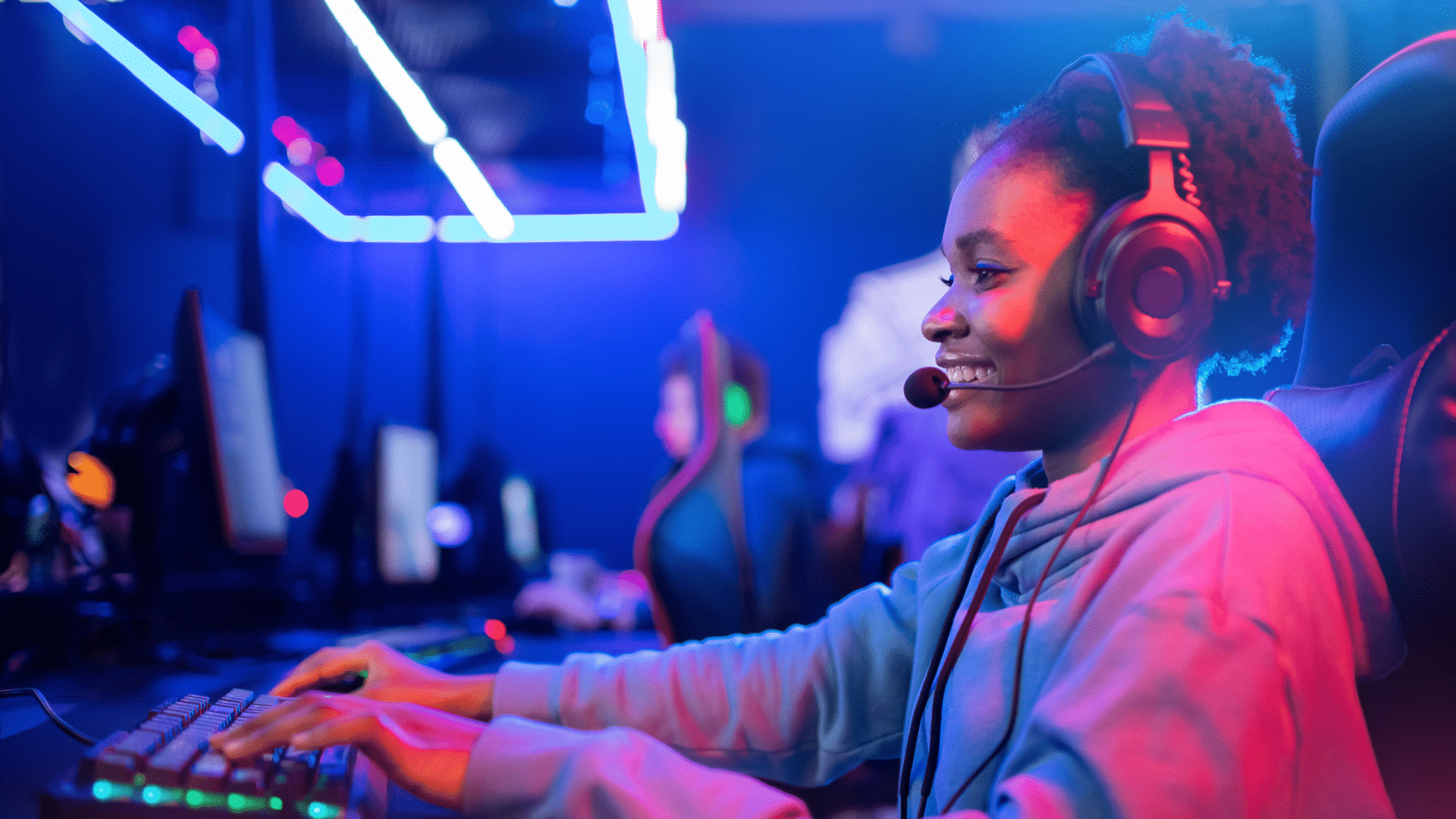
As the IAB rolls out new advertising standards for gaming, marketers at brands and agencies are preparing for the future of in-game advertising. That’s because more consumers than ever identify as gamers (up to three billion worldwide), and with new technology and gaming experiences, they are more accessible to brands.
A sign of how the landscape is changing, adtech companies like Anzu are partnering with publishers to provide dynamic in-game ad placements. This allows brands that don’t have a comprehensive gaming strategy to test and learn, as well as to incorporate gaming into a broader omnichannel media strategy.
But the sheer size of the gaming audience—more than 200 million gamers in the US alone—means that more engaged marketers can reap greater returns by tapping into this engaged population.
Lead with brand strategy. Partnerships between game publishers and adtech companies make it easier for brands to find their audience in-game. Brands don’t have to speculate as much as to whether their customers are playing specific games. And if a brand’s customers are already playing the game, marketers should dive in too.
“We don’t necessarily have a game strategy,” said Paul Mascali, head of games and esports for PepsiCo. “We have a brand strategy that gaming can help with. We do this by using third-party or internal data to reach those consumers who consume the content.”
Read next: PepsiCo’s Strategies for Marketing Through Online Games and Esports
Understanding the community. Brands also need to be consistent and show they’re invested in the gaming community, Mascali said.
That’s because the gaming community – or more specifically the communities built around specific games – is multifaceted.
For example, gamers aren’t just plugged into the gameplay. They enjoy the culture around the games on streaming platforms like Twitch. But just because video game fans passively watch another expert player on a streaming video doesn’t mean they aren’t engaged and listening intently.
“Twitch streamers are a great example of modern gamers,” said Sarah Ioos, head of sales for America at Twitch. “Non-gaming content has erupted — it doubled during the pandemic in its first year. Gamers are not monolith, they are versatile. We’re seeing Twitch streamers include more of themselves in their streaming.”
More lifestyle categories. As PepsiCo has shown, there is a natural crossover between gaming and sports, leading to traditional sports categories such as beverages and snacks. (Also shoes and clothes.)
During the pandemic, when everyone, including gamers, was locked up, the game content expanded. Gamers shared more about their lifestyle, including workout routines, cooking, fashion, and other interests.
This holistic perspective on gamers opens up more opportunities for brands looking to connect with Gen Z and millennial consumers.
Buy MarTech! Daily. Free. In your inbox.
Lots of contact moments. Another interesting aspect of Twitch is that desktop is still their audience’s favorite device according to Ioos.
Consumers engage with game content across many different devices and contexts, and this allows marketers to fine-tune their mix. If hardcore gamers and Twitch watchers sit on desktops at home, other more casual gamers can play on mobile while commuting or shopping.
Why we care. All this means that the strategy for marketers has been reversed. Instead of finding a subset of gamers within their audience, they can now look over the billions of gamers and find their audience and sub-segments.
Addressability for in-game advertising is still in its infancy, but now there are more possibilities, said Keith Soljacich, head of innovation at agency Publicis Media.
“More data means more useful places to find our audience,” Soljacich says. “[Publishers and tech partners] build that intelligence for the public, while also opening up opportunities for us as marketers.”


0 Comments